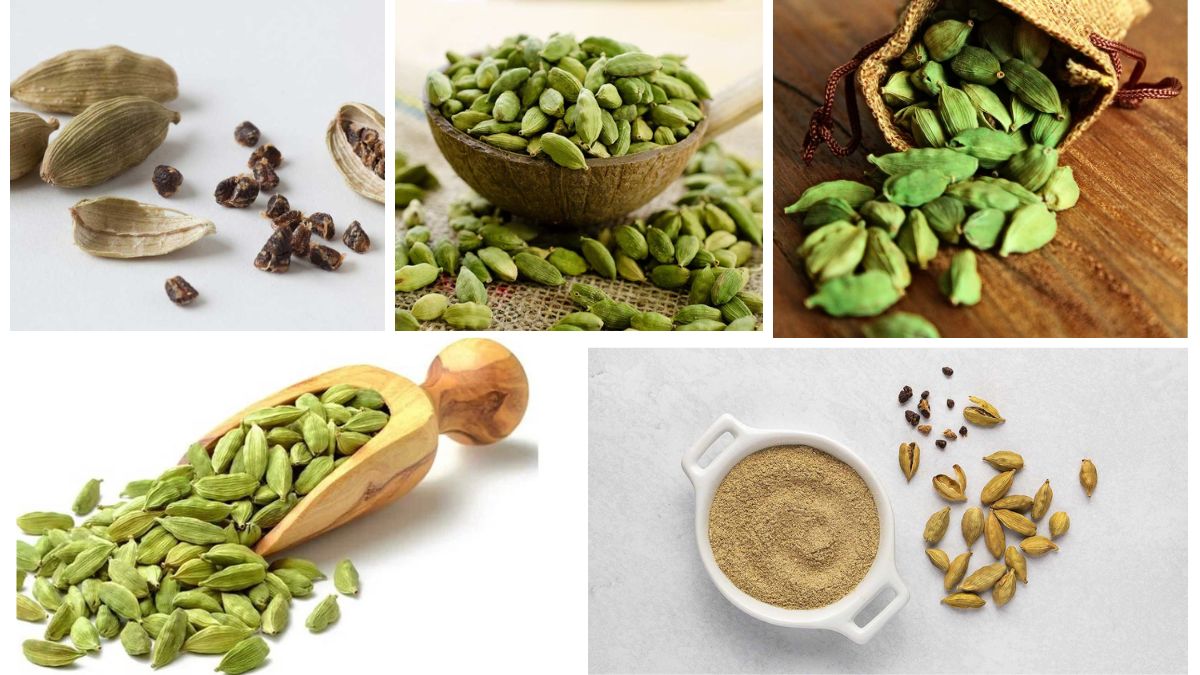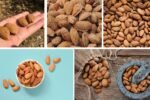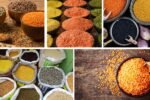Cardamom, often referred to as the “Queen of Spices,” is one of the most aromatic and valuable spices globally. From ancient Ayurvedic remedies to modern gourmet cuisines, cardamom has played a key role in health, culture, and commerce. While several countries cultivate this prized spice, one country stands out as the world’s leading cardamom producer. So, which country is the largest cardamom producer in the world? The answer is Guatemala.
In this detailed article, we’ll explore Guatemala’s rise to dominance, the global production landscape of cardamom, historical and cultural significance, export data, and what makes this spice so valuable on the international stage.
The Rise of Guatemala as a Global Cardamom Leader

It may come as a surprise that Guatemala, a Central American nation more commonly associated with coffee and bananas, is the world’s largest producer and exporter of cardamom. Despite being a non-native crop to the region, cardamom flourishes in Guatemala’s unique climate—high-altitude forests, abundant rainfall, and fertile volcanic soil.
Introduced during the early 20th century by German coffee planters, cardamom quickly adapted to the ecological conditions of Guatemala’s Alta Verapaz and Baja Verapaz regions. These areas became the heartland of cardamom cultivation, allowing the country to grow a high-quality product year after year.
As of recent data, Guatemala produces over 25,000 to 30,000 metric tons of cardamom annually, accounting for more than 50% of global supply.
Global Production Overview

While Guatemala leads by a significant margin, other countries also contribute to global cardamom production:
| Country | Estimated Annual Production (Metric Tons) |
|---|---|
| Guatemala | 25,000–30,000 |
| India | 15,000–20,000 |
| Sri Lanka | 4,000–5,000 |
| Tanzania | 2,000–3,000 |
| Nepal | 1,500–2,000 |
| Indonesia | 1,000–1,500 |
India, traditionally known as the homeland of cardamom, now ranks second. However, India primarily consumes most of its own production, while Guatemala exports nearly 90% of what it grows.
Why Is Guatemala Dominant?
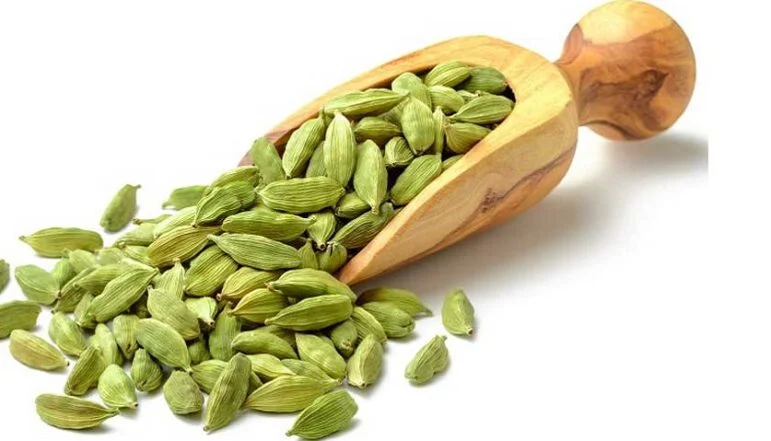
Several key factors contribute to Guatemala’s dominance in cardamom production:
1. Ideal Growing Conditions
Cardamom thrives at elevations between 600–1,500 meters, in areas with consistent rainfall and shade. The Verapaz region of Guatemala offers exactly this microclimate, giving Guatemalan cardamom a unique aroma and flavor profile.
2. Export-Oriented Agriculture
Guatemalan farmers and exporters have structured the cardamom industry around international demand. Their infrastructure is designed for export—especially to the Middle East, Europe, and Asia—making them competitive in global markets.
3. Labor-Intensive but Skilled Workforce
Harvesting cardamom is highly labor-intensive. Each pod must be hand-picked at the right time. Guatemalan laborers, often indigenous Mayan people, possess generations of knowledge and skill in harvesting and processing cardamom.
India: The Traditional Cardamom Giant
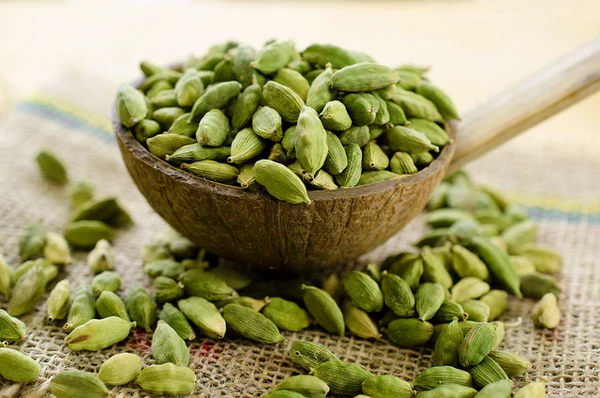
Although India has lost the top spot, it remains a key global player in both large cardamom (Amomum subulatum) and small cardamom (Elettaria cardamomum). The states of Kerala, Karnataka, and Tamil Nadu are the main cultivation areas.
India’s cardamom is largely consumed domestically in tea, sweets, and curries. However, its exports still reach countries like Saudi Arabia, the UAE, and the USA. The Indian Cardamom Research Institute actively works on improving yields and disease resistance, helping Indian cardamom maintain its quality reputation.
The Global Demand for Cardamom
Cardamom is one of the most expensive spices in the world by weight, surpassed only by saffron and vanilla. Its demand is particularly high in the Middle East, where it’s an essential ingredient in Arabic coffee (Qahwa), desserts, and traditional medicine.
Key Importers of Cardamom:
- Saudi Arabia
- United Arab Emirates
- Kuwait
- Qatar
- Bangladesh
- Pakistan
- Germany
- USA
Guatemala’s cardamom exports often fluctuate based on geopolitical events, climate impacts, and price speculation. For example, in 2020–21, Guatemala earned over $500 million USD from cardamom exports alone.
Challenges in Cardamom Production

Despite its success, the cardamom industry faces several challenges:
1. Price Volatility
Global prices fluctuate depending on supply, weather, and demand—particularly in the Middle East. A bumper harvest can lower prices drastically.
2. Climate Change
Changing weather patterns, excessive rainfall, and rising temperatures pose risks to cardamom plants, especially those sensitive to moisture and temperature balance.
3. Labor Issues
Much of Guatemala’s cardamom is harvested by rural, indigenous populations, often in economically disadvantaged conditions. There are increasing calls for better wages, rights, and sustainability practices.
Sustainability and the Future of Cardamom Farming
As global demand grows, there is increased scrutiny of environmental and labor practices in cardamom production. Sustainable farming methods are being promoted in Guatemala and India alike. These include:
- Agroforestry systems
- Organic certification
- Fair Trade programs
- Traceable supply chains
Moreover, research into climate-resilient cardamom varieties is being conducted to ensure continued productivity.
Health and Economic Significance
Cardamom is not just popular for its flavor. It’s also known for a wide range of health benefits, including:
- Aiding digestion
- Reducing inflammation
- Acting as an antimicrobial agent
- Helping with oral health and bad breath
- Supporting cardiovascular health
Economically, cardamom serves as a vital cash crop for thousands of farmers, particularly in rural Guatemala and southern India, offering financial stability in regions with few other viable crops.
Conclusion
To answer the question, “Which country is the largest cardamom producer in the world?”—the title belongs firmly to Guatemala.
Through its ideal climate, skilled labor, and export-focused economy, Guatemala has turned cardamom into one of its most lucrative exports. While India still remains culturally and historically tied to the spice, and continues as a significant producer, Guatemala has carved out a dominant niche in the global market.
As the world becomes increasingly interested in natural health remedies and gourmet cuisine, the future of cardamom looks promising—provided that production can keep up with demand in a sustainable and ethical way.
